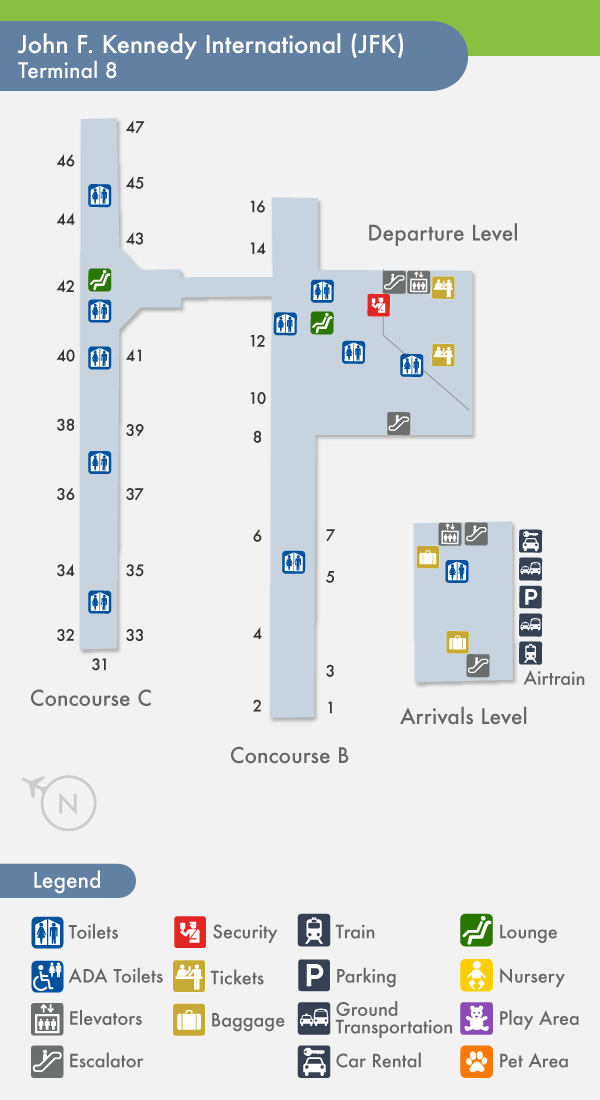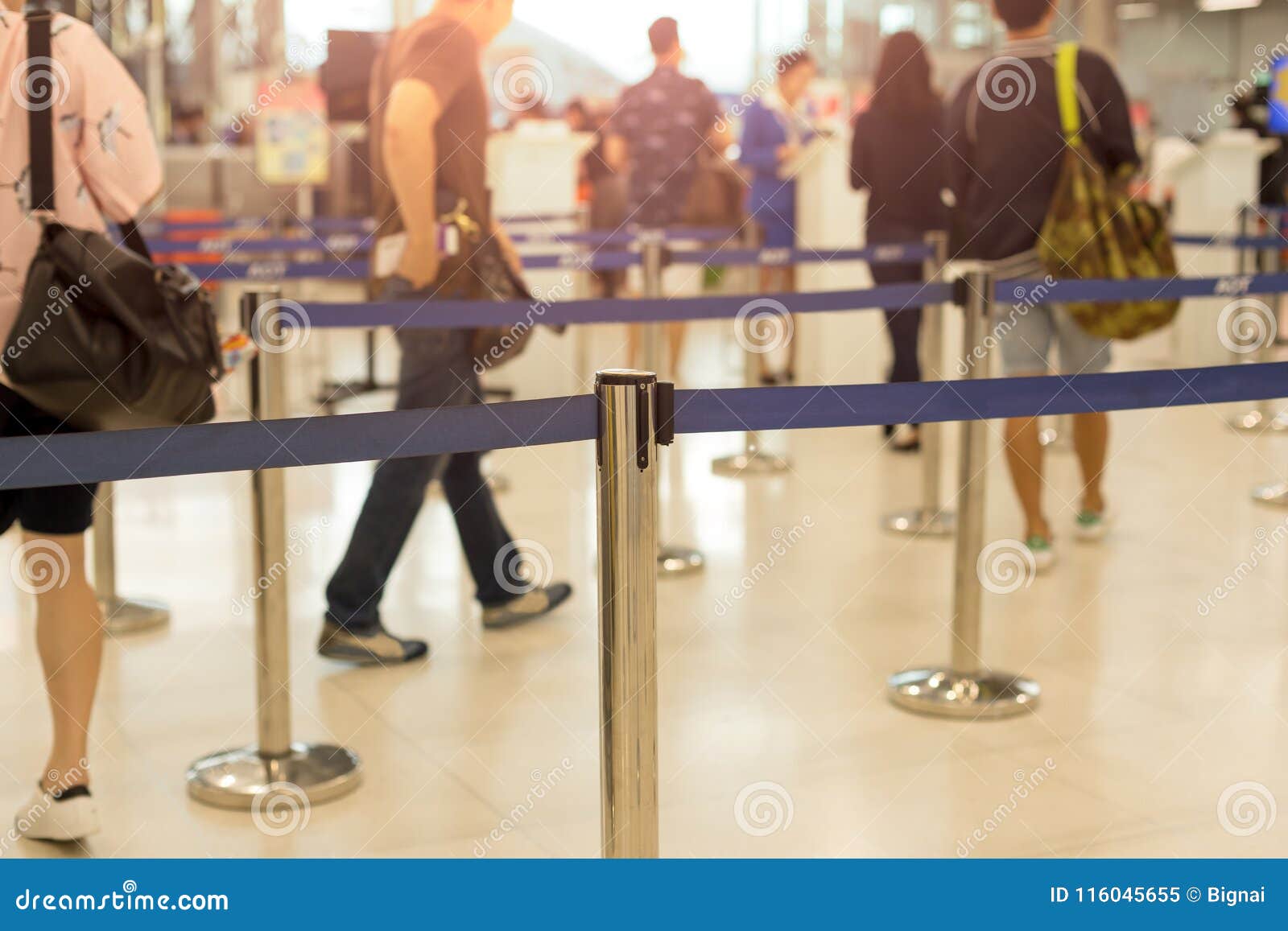

The airport covers 2,000 acres (809 ha) at an elevation of 421 feet (128 m). It has seen commercial service to Canada at various times in its history, most recently in October 2018. Syracuse presently has no scheduled international service. Ī Beechcraft 1900 similar to the type Air Canada used to serve Syracuse USAir acquired Piedmont in 1989, becoming the airport's dominant carrier, but dismantled the Syracuse hub in the 1990s, leading to the closure of several gates. After a legal battle with the city, Piedmont agreed to maintain a hub operation at the airport and advance funds for construction of a new terminal concourse. Empire planned to move its headquarters to Syracuse, but these plans were cancelled when Piedmont Airlines acquired Empire in 1986. Utica-based Empire Airlines emerged as a regional competitor to Allegheny's successor USAir by the early 1980s. At its height, 3.17 million passengers passed through the airport. ĭuring this time Syracuse experienced massive growth and had to expand many times to handle additional passengers, this led to Syracuse becoming the second largest airport in Upstate New York by passenger volume and the largest by number of flights. In the mid-1970s the airport was dominated by Mohawk's successor Allegheny Airlines, with some competition from Eastern and American. Nonstops didn't reach west past Buffalo or south past New York Syracuse didn't get a Chicago nonstop until 1967.

The April 1957 OAG shows 50 weekday departures: 30 on American, eight on Eastern and 12 on Mohawk. The airport had three concrete runways, 5,500 feet (1,700 m) long and 300 feet (91 m) wide.Īmerican, Buffalo, Colonial and Robinson Airlines were the first airlines at the airport. Hancock Airport (named for the area's Congressman) opened to the public using a renovated machine shop as a terminal, and replaced the airport at Amboy. At the end of World War II the AAF leased the base to the city. As a replacement, the AAF opened Syracuse Army Air Base in Mattydale. By 1942, it had become apparent that Amboy Airport was not large enough to handle military needs. With the start of World War II, the airport was pressed into service as a flight training center for the Army Air Forces. Land in the Amboy section of the nearby town of Camillus was purchased for $50,000, and by 1928, the "Syracuse City Airport at Amboy" was handling airmail. In 1927, Syracuse mayor Charles Hanna felt his city needed an airport.


 0 kommentar(er)
0 kommentar(er)
